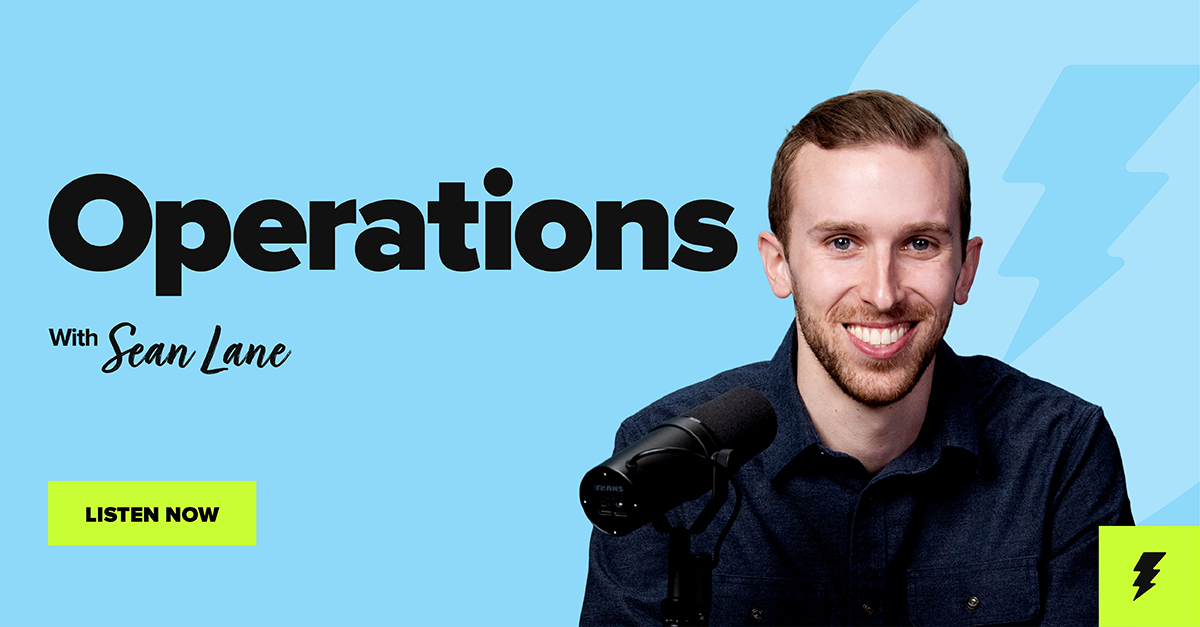Here’s the thing. New projects are always coming up, a pandemic upends your perfectly crafted schedule, and chances are, you already have more on your plate than you can handle. With all the swirl that comes with working in operations, there is one magical arrow every ops person should have in their quiver that’s the difference between burnout and success. That arrow is saying “no.”
As ops people, we are enablers – our roles are created to provide value to others. It’s our default to say “yes.” However, that isn’t the right path to success. Only answering “yes” doesn’t make you a superhero. More likely, it means you aren’t being strategic, thoughtful, or disciplined enough about the work you are doing.
By identifying what is and what isn’t a priority, you’ll be able to devote your full energy to a project rather than being spread thin and not being able to do anything efficiently.
While this is easier said than done, these three strategies will help you say “no” AND provide value to your team at the same time.
1. Clearly Document Your Goals
If you are going to say “no,” you need to have a reason. Otherwise, you don’t have a leg to stand on. By documenting, getting feedback on, and publishing your goals, you can help your team understand the why behind your “no.” The feedback step is very important because you and your internal customers should be aligned on the same goals.
You can ensure everyone is on the same page by doing what’s called a purpose-benefit check. Here’s how it works: you tell the group the purpose of the meeting or project, and the expected outcome (or benefit) for them, and check that everyone is aligned before moving forward. While this is traditionally a sales technique, your ops team can use this tactic to establish a precedent and reel someone back in when they start to stray from the agreed-upon goals.
2. Tie Your Goals Back to Specific Business Results
One of the hardest things an ops team faces is measuring the impact and efficacy of the work that they do. Yes, it is difficult but not impossible. The key is to tie all of the seemingly immeasurable stuff back to something that is tangible and measurable.
A good test for when you’re creating your own goals is to ask, “How easy is it going to be to measure whether or not we achieve that goal by X amount of time?” If the answer is unclear, then you need to go back to the drawing board and better articulate your goal. It should be super clear what the dollar impact is. That way, if someone comes along with a new task or project that isn’t as clearly measured or doesn’t influence your company’s revenue, you have the license to say “no.”
3. Stay Fluid and Adaptable
Hypergrowth companies are constantly changing, and as an ops team at a hypergrowth company, you have to adapt to these changes. You can’t simply lock in your priorities and be done with it. Instead, use your existing routines and cadences as opportunities to check in, provide updates, and if necessary, reprioritize on the fly.
In order to do this, you have to have routines and cadences in the first place. Each week at Drift, each individual ops team meets with their go-to-market leaders (sales ops meets with sales leaders, marketing ops meets with marketing leads, etc). These meetings keep everyone aligned about what’s going on and any important changes that are happening. They can also be a great place to prioritize (and reprioritize) the most impactful work – so when something new comes up, you can discuss if it takes priority over something that isn’t finished.
Final Thoughts
As operators, we may be enablers by nature, but our strength comes from our discipline.
At the end of the day, it’s all about balancing the “yes’s” and the “no’s.” And while it may be easier said than done, hopefully with these three tools at your disposal, it will make it a bit easier the next time around.
Want more operations best practices? Make sure you’re subscribed to Operations with Sean Lane. New episodes drop every other Friday.









